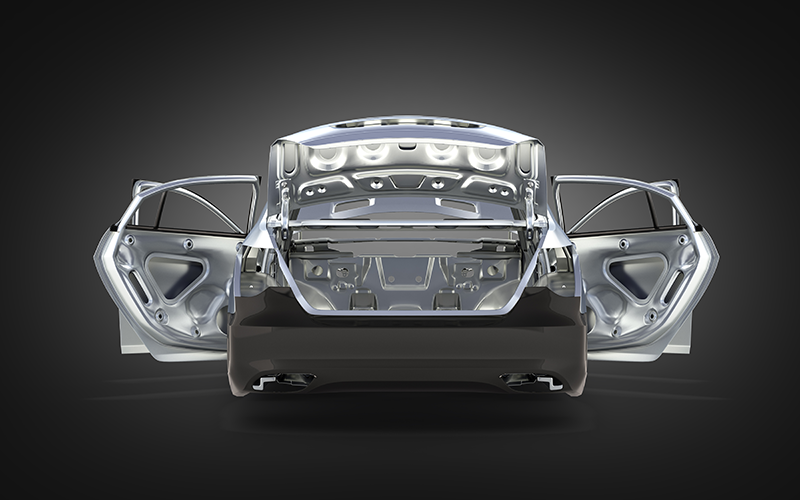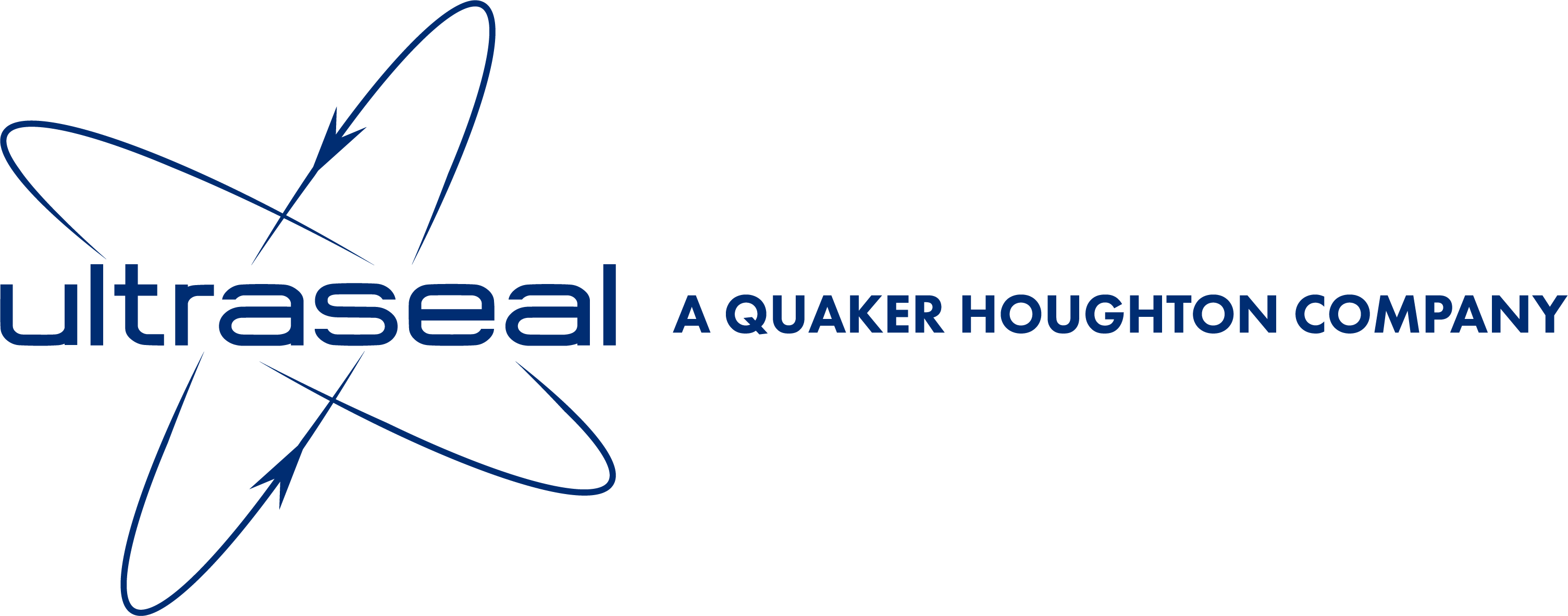How to improving productivity and efficiency in die casting
In today’s die casting industry, the need to reduce costs and improve productivity and output quality are vital if businesses want to remain competitive.
Increased global competition and the need to produce more complex components are key drivers that are encouraging foundries to look for new solutions, so that they can produce high-quality, cast components whilst reducing costs and improving production operations.
This is particularly the case in the automotive industry. Due to the increasing size and complexity of lightweight structural and powertrain components, specifying the right die casting lubricant is crucial.
Foundries have used WBD (water-based die) lubricants for over 40 years however, there are many challenges that come with WBD.
The disadvantages of WBD lubricants
1. Narrow range of temperature
WBD is an emulsion type fluid in which the oily active ingredients are mixed with a very high water concentration. It is difficult for WBD to adhere under high die casting temperatures (>3000C) due to the Leidenfrost effect. It is, therefore, necessary to spray a large amount of WBD to lower the die temperature to improve adhesion.
2. Short die life
With every shot, the die is cooled by water and heated by hot molten metal. When the die surface is cooled, tension stress decreases. When it is heated, thermal stress increases. Because die casting requires hundreds or thousands of shots, the repeated fluctuation of thermal stress causes cracking of the die, typically at around 20,000 shots, resulting in short die life.
3. Water residue on the die surface
In the majority of die casting applications, some of the WBD remains in the die cavities, even if the oil has successfully formed on the die surface. This can lead to problems with porosity and also creates water stains on the casting surface. It may even result in explosions with hot molten metal. CO2 air blow is used to dry surface water which wastes electrical energy, increasing costs, and also extends cycle times.
Specifying the right lubricants for die casters
For an industry looking to cast larger components with higher process temperatures and also meet the challenges of maintaining product quality, improving productivity and reducing costs, Lubrolene water-free die release agents with electrostatic charge (WFR-EC) provide a reliable alternative.
Developed by AOKI Science Institute, Lubrolene® WFR-EC achieves uniform coverage and offers technical, economic and environmental benefits.
How does Lubrolene® WFR-EC meet today’s die casting challenges?

Efficiently maximising coverage
The main purpose of a release agent is to facilitate clean part release and provide a release film to prevent die soldering. Achieving uniform coverage is critical to both process reliability and the overall quality of the final product.
Traditional water-based lubricants see the liquid evaporate when it comes into contact with the hot steel die, leaving an amount of lubricated coating. Too much lubricant and the liquid cannot evaporate fast enough when the molten metal is injected. Too little lubricant can result in poor material flow or die-soldering. This causes surface defects and porosity, compromising the overall quality of the part.
The solution lies in electrostatic spray technology. WFR-EC has an electrostatic charge added to the die release agent, which creates a wrap-around effect and ensures uniform coverage of the release agent, irrespective of die complexity.
The application of Lubrolene WFR-EC further reduces soldering problems and facilitates a move away from water-based lubricants to ensure greater, and more consistent levels of quality in die cast components.
Lubrolene WFR-EC dramatically improves adhesion properties and provides more consistent oil film formation. This is critical in achieving uniform die coverage and a smooth release. Beyond benefits around quality, greater percentage levels of adhesion lead to reduced material wastage and improved cycle times.
Typically, applying a water-based die release agent with an air spray gun achieves just 4% adhesion efficiency. Using Lubrolene’s specially developed spray gun technology improves the efficient application of Lubrolene WFR-EC and achieves >80% adhesion efficiency when compared to traditional water-based die lubricants.
Increasing process speed with reduced spray time
The die lubricant application process is easy to overlook, because it’s always been executed in a particular way. Standard air spray application guns need to spray from multiple angles to deliver full die coverage and adhesion.
This process takes time and can compromise quality with uneven levels of coverage – particularly in more complex molds. However, the electrostatic attraction in the Lubrolene electrostatic gun can uniformly cover a much broader area, without the need to spray from various angles.
As a short-cycle and repetitive process, the saving of just a few seconds in the die casting process can lead to significant time savings and impact directly on productivity and costs as long as the tool has been designed accordingly.
With typical spray time – even for the largest >4,000 tonne machines – being between just seconds with Lubrolene WFR-EC and specially-designed Lubrolene spray heads, spray time can be significantly reduced.
This results in reduced cycle times, increased throughput and greater productivity. Furthermore, with Lubrolene die-spraying equipment being modular in design, it can be easily adapted to suit any size of die casting machine, while its low-maintenance design improves reliability, bringing about potentially significant benefits for the die cast industry.
Increasing uptime and reducing costs through extended tool life
Lubrolene WFR-EC does more than give manufacturers greater levels of efficiency and productivity – it also extends tool service life.
Traditional water-based release agents give rapid die-surface cooling, leading to extreme temperature fluctuations. As a result of repeated compressive and tensile stresses, this can lead to the formation of cracks on the die surface.
As these cracks typically appear after several hundred shots, this reduces the tool’s service life to <120,000 shots for a typical die casting machine.
However, due to Lubrolene WFR-EC’s very small spray amount, the rapid cooling effect is significantly reduced, which almost eliminates the aforementioned thermal stresses that cause cracking.
With this contributing to extending service life by up to six times, cost savings can be more than €500,000 per annum. Extended service life has in another installation also meant fewer tools are required, delivering further programme cost savings of up to 20%.
To learn more about Lubrolene die release agents and electrostatic spray systems, or to discover more about the improvements it could have on your processes, call the Ultraseal team on 024 7625 8444 or visit www.ultraseal-impregnation.com.








